How to Install a Jib Crane with Step by Step Guide
Installing jib cranes properly is critical to ensuring both operational efficiency and workplace safety.
Installing jib cranes properly is critical to ensuring both operational efficiency and workplace safety.
Whether it’s a freestanding, wall mounted, ceiling mounted, pillar mounted, or articulating jib crane, a correct and well-planned installation process sets the foundation for long-term performance.
This guide provides a comprehensive, step-by-step approach to installing different types of jib cranes, highlighting key considerations, tools required, and best practices for success.
For an overview of available crane models, visit Jib Crane Categories.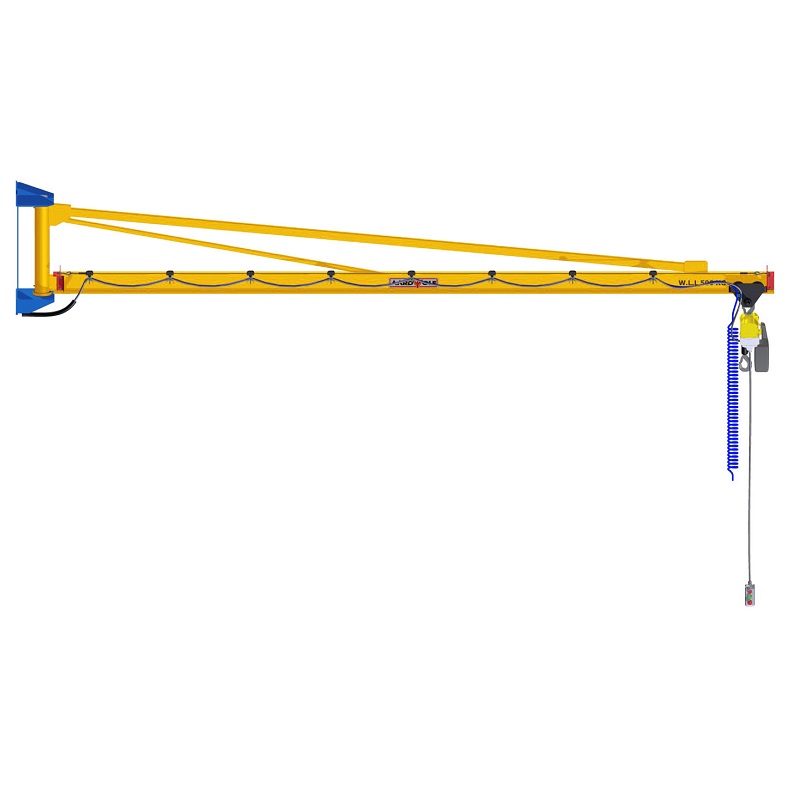
Why Proper Installation Matters
Improper installation can result in misalignment, excessive wear, or even structural failure—putting both operators and equipment at risk. A correctly installed jib crane:
-
Maximizes lifting capacity and swing coverage
-
Reduces stress on components
-
Ensures smooth and safe operation
-
Prolongs the lifespan of the equipment
To understand the core functionalities and configurations of each crane type, explore The importance of Jib Cranes solutions.
Step 1: Choose the Right Jib Crane for Your Application
Before diving into installation, ensure the selected crane matches the requirements of your workspace and load type.
Common types of Jib Cranes:
-
Freestanding Jib Cranes – Ideal for open areas and offer 360° rotation
-
Wall Mounted Jib Cranes – Space-saving design; perfect for linear workstations. View wall mounted jib cranes
-
Ceiling Mounted Jib Cranes – Preserve floor space in crowded production environments
-
Articulating Jib Cranes – Articulating jib cranes products allow flexible movement around obstructions
-
Pillar Jib Cranes – Mounted to structural columns for consistent lifting zones
Need a comparison between crane types? Refer to Difference between crane and jib cranes options
Step 2: Site Preparation
Conduct a Site Assessment
-
Measure ceiling height, floor space, and clearance
-
Identify load paths and lifting zones
-
Evaluate concrete slab strength (usually requires ≥ 150 mm thick concrete with reinforcement)
Tools & Materials Checklist
-
Anchor bolts and epoxy (for freestanding cranes)
-
Structural mounting brackets (for wall or ceiling-mounted models)
-
Torque wrench, rotary hammer, leveling tools
-
Certified lifting equipment to erect crane components
Step 3: Install the Foundation or Mounting Points
For Freestanding and Pillar Jib Cranes
-
Mark the bolt pattern on the concrete floor using the base plate as a guide
-
Drill anchor holes with the specified depth and diameter
-
Insert anchor bolts and pour grout or epoxy if required
-
Allow curing time per manufacturer guidelines (usually 24–48 hours)
For Wall Mounted Jib Cranes
-
Ensure the wall is load-bearing and made of reinforced concrete or steel
-
Use high-tensile mounting bolts and backplates
-
Double-check mounting height and alignment to avoid angular load misalignment
For Ceiling Mounted Jib Cranes
-
Secure directly to structural ceiling beams using rated clamps or welding
-
Verify overhead clearance and swing radius before final bolting
Step 4: Mount the Mast or Support Column (if applicable)
For freestanding or pillar models, carefully position the mast over the installed bolts. Use leveling shims as needed to ensure perfect vertical alignment.
-
Tighten base nuts with a calibrated torque wrench
-
Recheck plumb alignment using a spirit level
-
Use anti-vibration washers if applicable
Step 5: Install the Boom and Trolley Assembly
-
Slide the trolley onto the boom before final attachment
-
Position the boom on top of the mast or wall bracket
-
Use heavy-duty pins or brackets to secure boom rotation point
-
Verify full rotational movement (180° or 360° based on model)
-
Check trolley travel range and ensure no obstructions or friction
Step 6: Attach the Hoist System
Depending on your hoist type (manual or electric), follow these steps:
-
Mount the hoist onto the trolley via bracket or hook
-
Connect all power cables securely if electric
-
Test up/down control functions and brake responsiveness
-
Verify lifting height and maximum load capacity
For detailed mounting procedures by model, check: How to install an effective jib crane
Step 7: Perform Load Testing and Final Checks
Initial Testing
-
Conduct a dry run with an unloaded hoist
-
Observe boom swing and trolley movement for smooth operation
Load Test
-
Test with a load at 125% of rated capacity (as per ASME B30.11 or local codes)
-
Monitor for deflection, vibration, or noise
-
Check that hoist, brakes, and swing mechanism handle the load without lag
Safety Inspection
-
Verify all anchor bolts are tightened to torque specs
-
Confirm that all electrical connections are grounded and protected
-
Install limit switches if required
-
Provide clear signage indicating max load, rotation limits, and emergency stops
Maintenance Tips After Installation
-
Lubricate pivot points monthly
-
Inspect trolley wheels and hoist chains weekly
-
Tighten mounting bolts quarterly
-
Perform a full inspection annually with a certified crane technician
Troubleshooting Installation Issues
| Issue | Possible Cause | Fix |
|---|---|---|
| Boom misalignment | Uneven base or wall brackets | Shim or level mount |
| Trolley sticks or jams | Dirty or warped track | Clean or replace track |
| Hoist movement delay | Electrical lag or miswired controls | Check wiring and test load sensor system |
| Excess vibration | Loose anchor bolts or imbalance | Retorque bolts and re-check hoist balance |
Final Thoughts
Whether you're installing a compact wall mounted jib crane, a flexible articulating model, or a full-scale freestanding jib crane, success depends on precision at every step. Proper installation not only safeguards your investment but also creates a safer, more productive environment.
To explore suitable models for your facility, browse Jib Crane Categories. For technical specifications, performance guides, or additional support, Aardwolf provides detailed resources to help you implement reliable jib cranes with confidence.
References
1. How to operate a Jib Cranes safely
3. Over brace jib crane wall mounted
5. Is a Jib Crane a Gantry Crane
6. Articulated Jib Crane Wall Mounted
8. Manual Counterbalance Crane
10. Over Braced Jib Crane Column Mounted





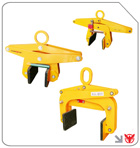
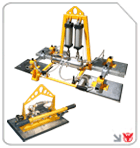
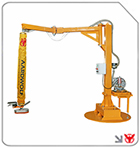
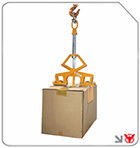
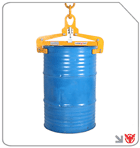
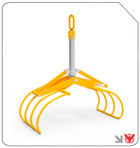
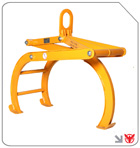
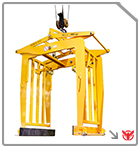
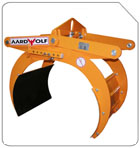
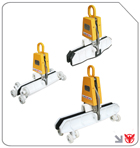
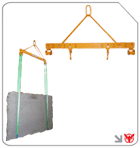
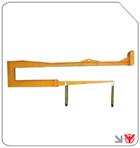
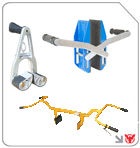
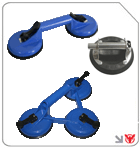
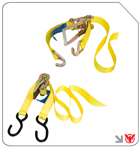
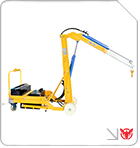
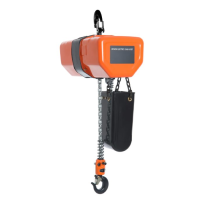
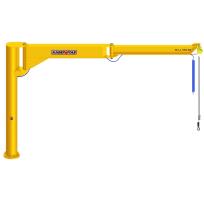
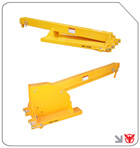
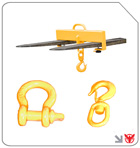
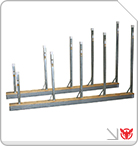
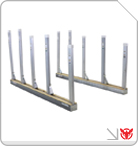
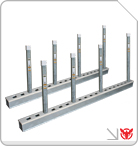
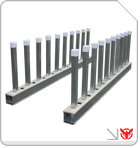
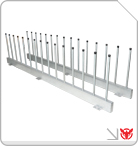
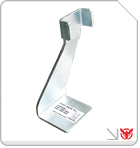
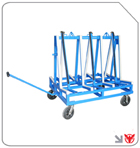
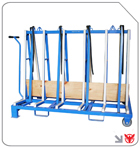
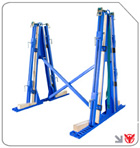
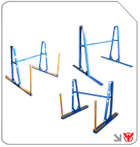
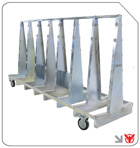
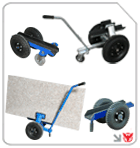
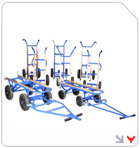
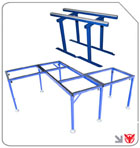
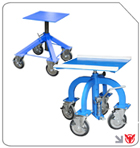
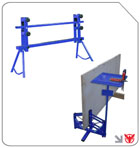
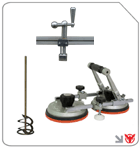

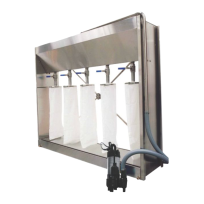
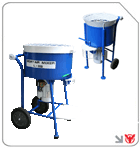
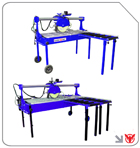
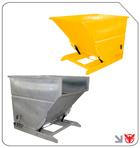

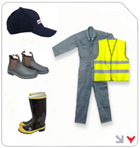
Follow us on: